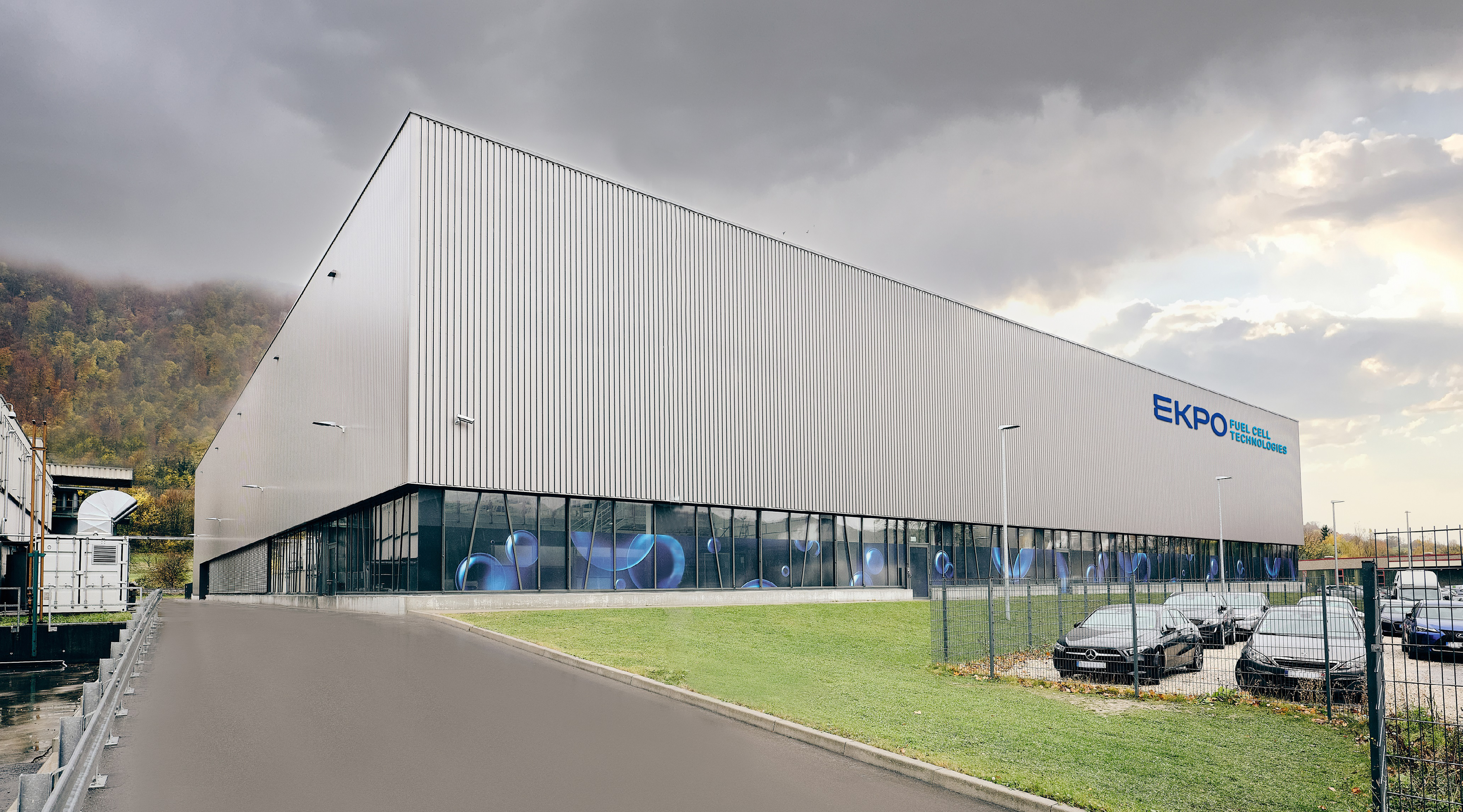- EKPO fuel cell stacks for the first non-stop flight of a hydrogen-powered aircraft around the world
- Compact design, excellent performance, and high efficiency of stacks as key criteria for selection
- Further proof of the wide scope of application of high-performance EKPO fuel cell stacks
Dettingen/Erms, July 31, 2024 +++ The "Climate Impulse" project aims to showcase how efficient solutions can set the world on a sustainable course. As part of this project, high-tech engineering specialist 49SUD is responsible for the design and manufacture of the aircraft, which – powered by green hydrogen – is set to circumnavigate the globe in a historic maiden flight.
The aircraft is to be piloted by a crew of two, who will cover an estimated 40,000 km in a non-stop, around-the-world flight lasting nine days. Powered by two electric motors with an output of 200 kW each, the aircraft is capable of traveling at a cruising speed of around 180 km/h. The electrical power required is supplied by the PEM fuel cell stacks from EKPO Fuel Cell Technologies GmbH. The green hydrogen is stored on board in liquid form in two tanks, each with a volume of around 11 m³.
"We are delighted that our stacks will feature in this pioneering project. From our perspective, one of the key aspects was that the properties of our stacks once again proved a compelling factor when it comes to this pioneering project: compact design, excellent performance, and high efficiency. In particular, the high level of efficiency and, in turn, the low degree of hydrogen consumption is essential to the success of the project," says Dr. Stefan Dwenger, Chief Commercial Officer of EKPO Fuel Cell Technologies GmbH. "The project also highlights the very broad scope of application of fuel cells. Fuel cells have a valuable role to play wherever sustainable drive technology meets demanding efficiency and performance requirements – whether on-road in heavy goods vehicles, off-highway in commercial vehicles, in rail or marine applications, in stationary systems deployed at data centers or hospitals, or even in the aviation sector."






